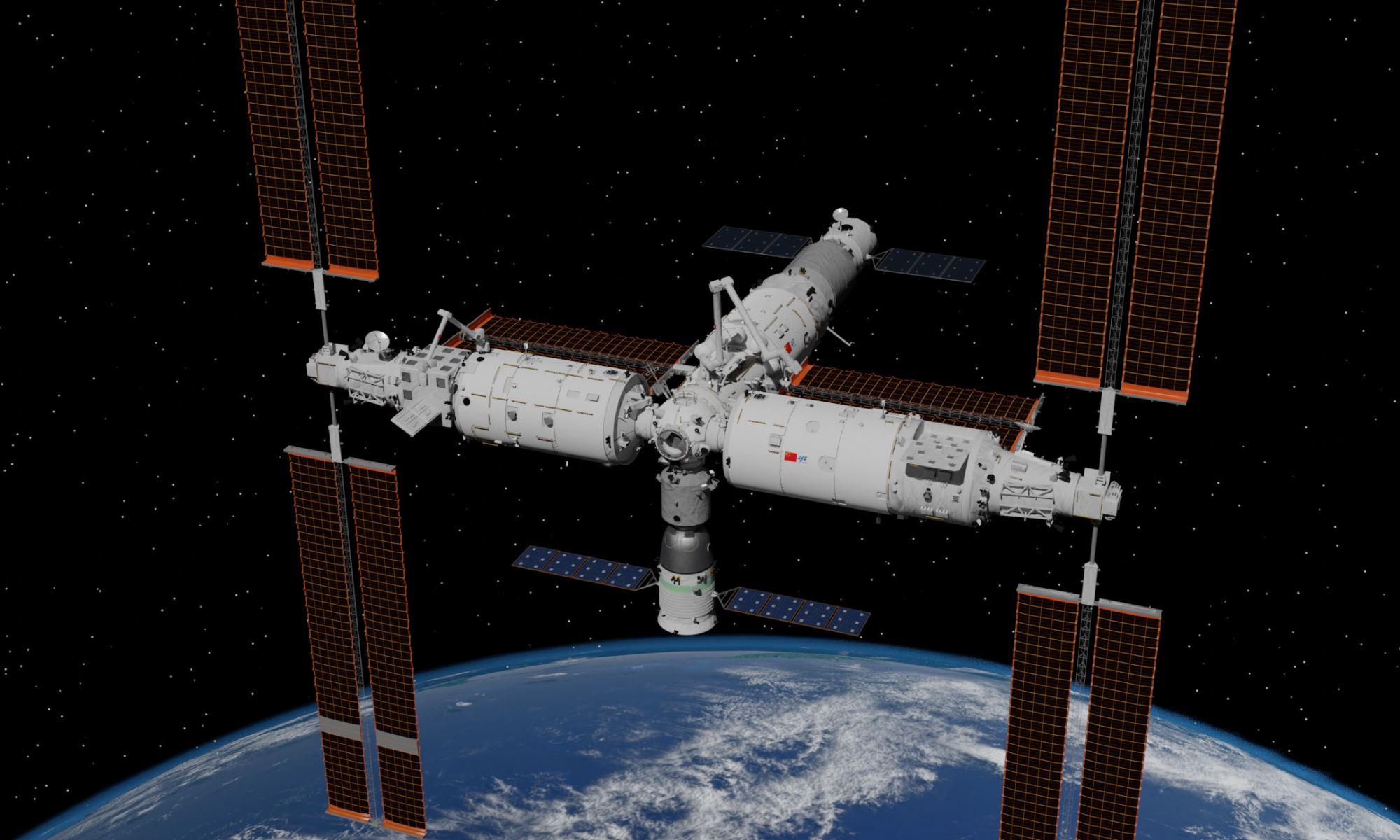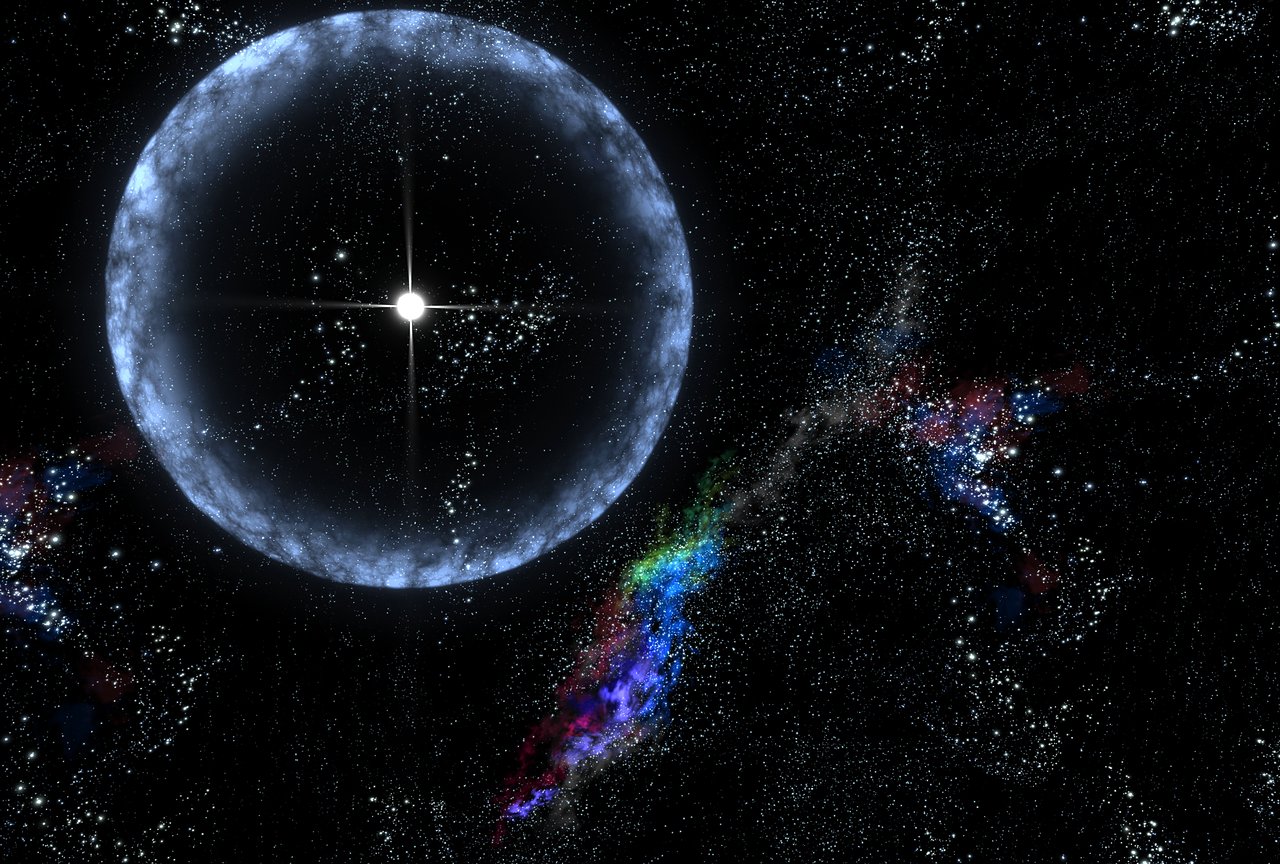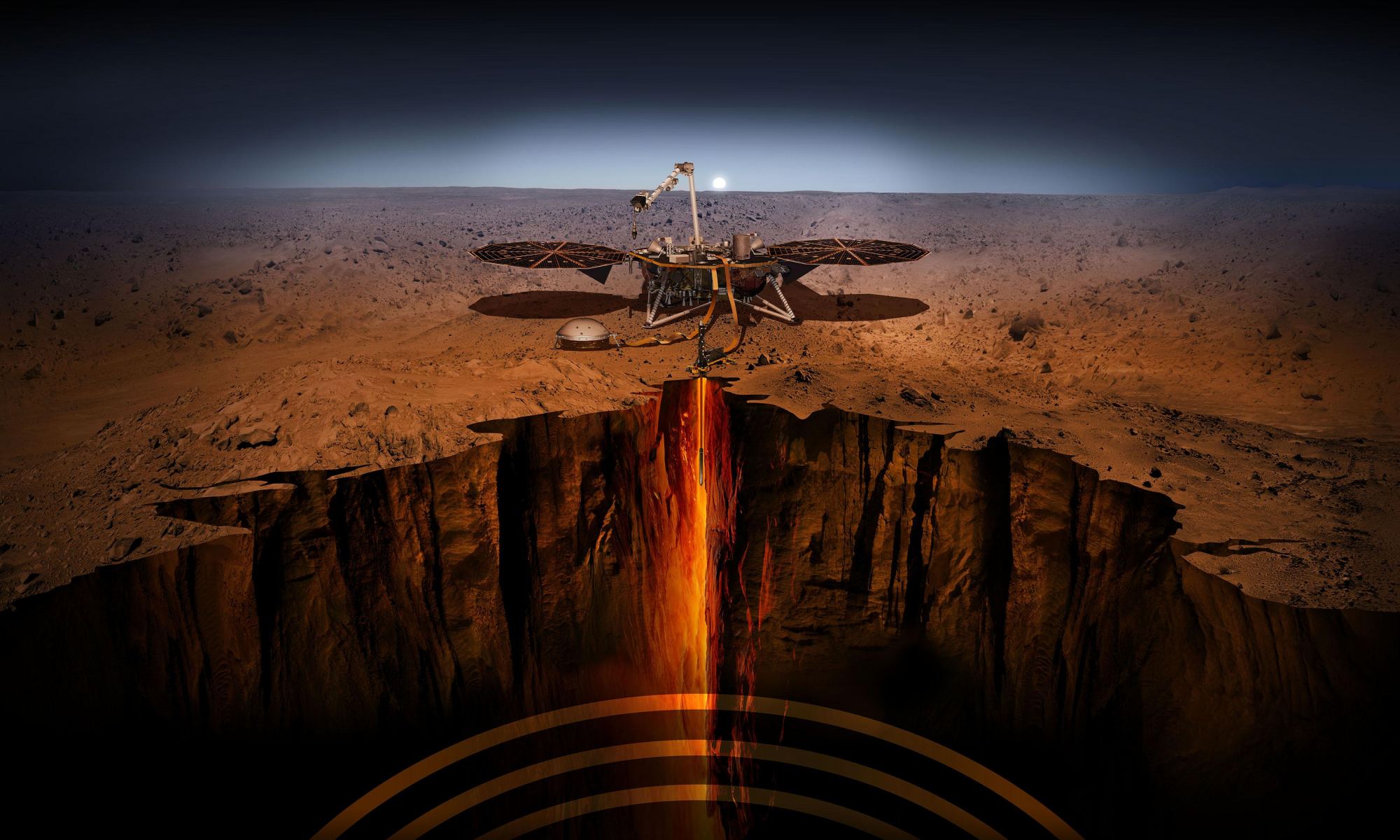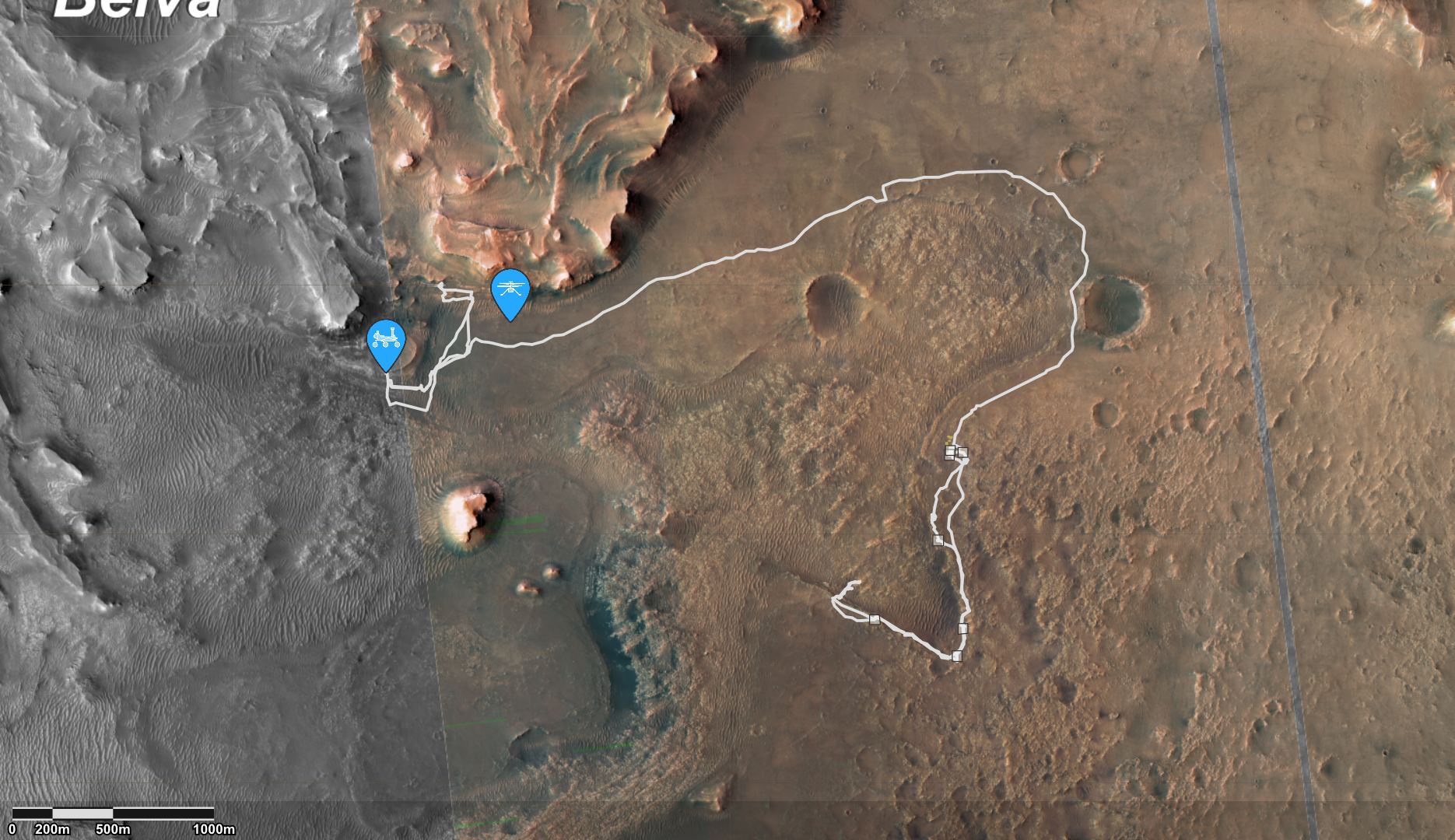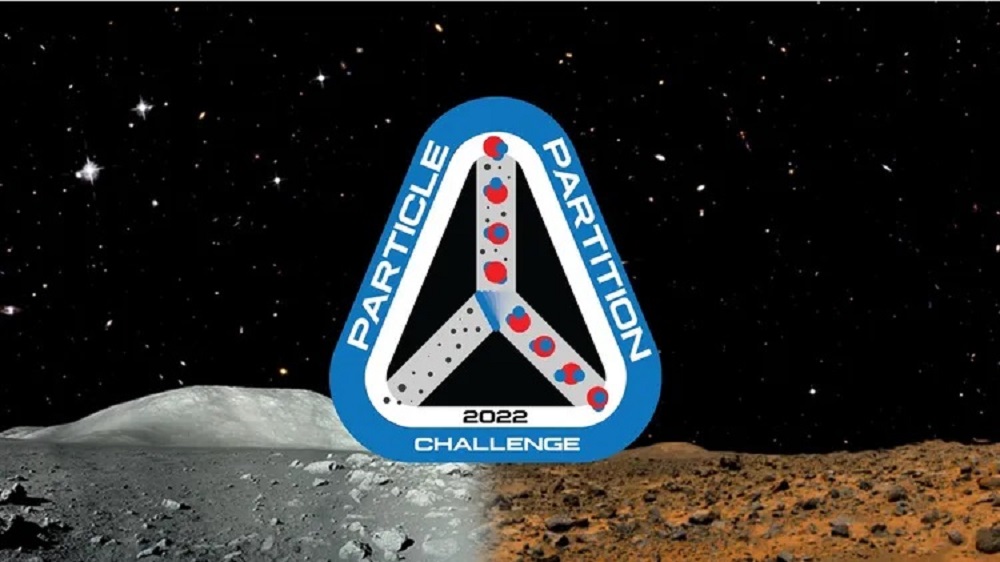On the afternoon of Monday, October 31st, 2022 (Halloween!), China launched the Mengtian laboratory cabin module into space, where it will join the Tiangong modular space station. This module, whose name translates to “Dreaming of the Heavens,” is the second laboratory and final addition to Tiangong (“Palace in the Sky”). This successful launch places China one step closer to completing its first long-term space station, roughly one-fifth the mass of the International Space Station (ISS) and comparable in size to Russia’s decommissioned Mir space station.
Continue reading “China Launches Mengtian, the Last Major Module to its Space Station”Hubble saw Multiple Light Echoes Reflecting off Rings of Dust From a Supernova Explosion
When stars reach the end of their life cycle, they experience gravitational collapse at their centers and explode in a fiery burst (a supernova). This causes them to shed their outer layers and sends an intense burst of light and high-energy short-wavelength radiation (like X-rays and gamma-rays) out in all directions. This process also creates cosmic rays, which consist of protons and atomic nuclei that are accelerated to close to the speed of light. And on rare occasions, supernovae can also create “light echoes,” rings of light that spread out from the site of the original explosion.
These echoes will appear months to years after the supernova occurs as light from the explosion interacts with the layers of dust in the vicinity. Using the Hubble Space Telescope (HST), an international team of astronomers was able to document the emergence and evolution of multiple light echoes (LEs). The team traced these echoes to a stripped-envelope supernova (SN 2016adj) located in the central dust lane of Centaurus A, a galaxy located 10 to 16 million light-years away in the constellation of Centaurus.
Continue reading “Hubble saw Multiple Light Echoes Reflecting off Rings of Dust From a Supernova Explosion”Mars is Mostly Dead. There's Still Magma Inside, so it's Slightly Alive
Since February 2019, NASA’s Interior Exploration using Seismic Investigations, Geodesy and Heat Transport (InSight) lander has been making the first-ever measurements of tectonics on another planet. The key to this is InSight’s Seismic Experiment for Interior Structure (SEIS) instrument (developed by seismologists and geophysicists at ETH Zurich), which has been on the surface listening for signs of “marsquakes.” The dataset it has gathered (over 1,300 seismic events) has largely confirmed what planetary scientists have long suspected: that Mars is largely quiet.
However, a research team led by ETH Zurich recently analyzed a cluster of more than 20 recent marsquakes, which revealed something very interesting. Based on the location and spectral character of these events, they determined that most of Mars’ widely distributed surface faults are not seismically active. Nevertheless, most of the 20 seismic events observed originated in the vicinity of Cerberus Fossae, a region consisting of rifts (or graben). These results suggest that geological activity and volcanism still play an active role in shaping the Martian surface.
Continue reading “Mars is Mostly Dead. There's Still Magma Inside, so it's Slightly Alive”What Happens to Hot Jupiters when their Star Becomes a Red Giant?
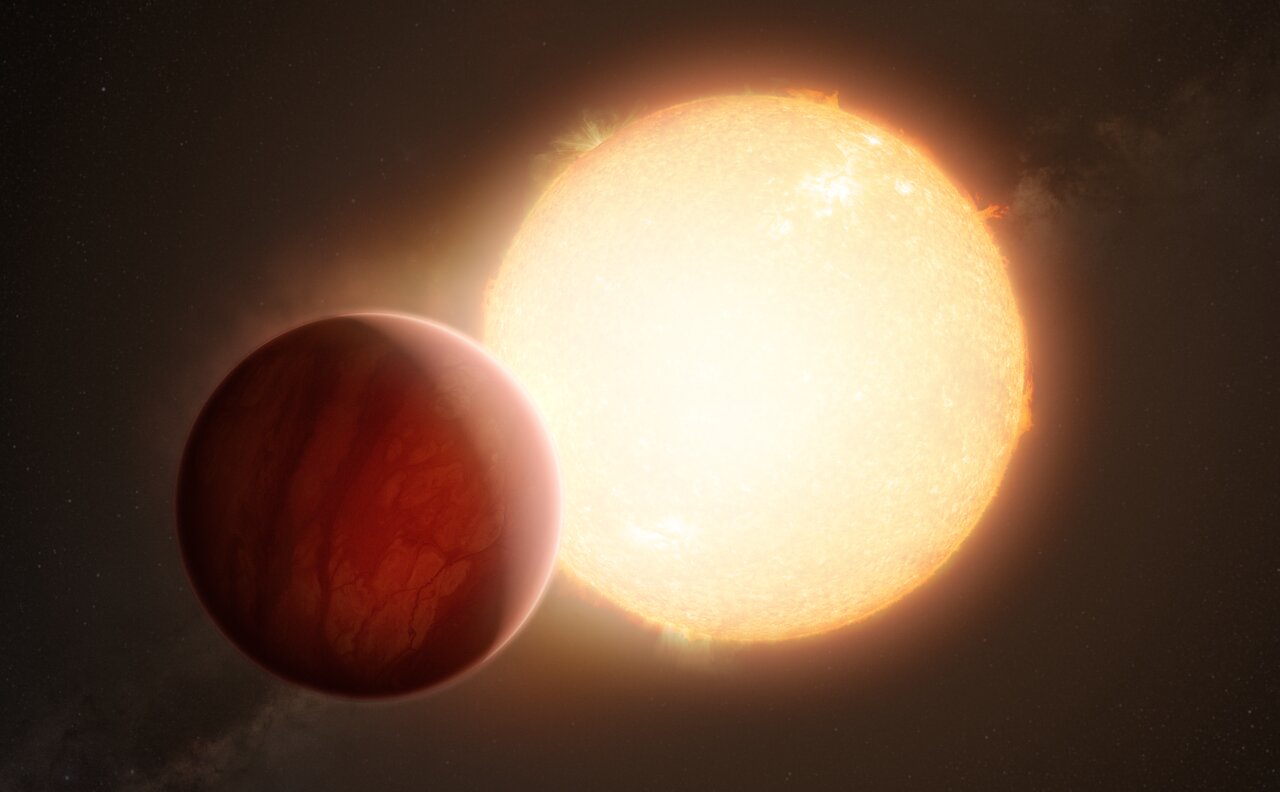
The study of extrasolar planets has led to some astounding discoveries, many of which have defied the expectations of astronomers and challenged our notions about the forms planetary systems can take. For example, the discovery of Jupiter-sized planets that orbit closely to their stars (“Hot Jupiters”) defied what astronomers suspected about gas giants. Previously, the general consensus was that gas giants form beyond the “Frost Line” – the boundary beyond which volatile elements (like water) freeze solid – and remain there for the rest of their lives.
Interestingly, this will happen when our Sun leaves its main sequence phase and enters its Red Giant Branch (RGB) phase. This raises the question of what happens to Hot Jupiters when their parent stars expand to become Red Giants. Using advanced 3D simulations, a team of researchers led by the Compact Object Mergers: Population Astrophysics and Statistics (COMPAS) consortium simulated how red giants will expand to engulf Hot Jupiters. Their findings could answer another mystery confronting astronomers, which is why some binary systems have one rapidly-rotating star with strange chemical compositions.
Continue reading “What Happens to Hot Jupiters when their Star Becomes a Red Giant?”The Moon had Volcanoes More Recently Than Previously Believed

Fifty years ago, NASA and the Soviet space program conducted the first sample-return missions from the Moon. This included lunar rocks brought back to Earth by the Apollo astronauts and those obtained by robotic missions that were part of the Soviet Luna Program. The analysis of these rocks revealed a great deal about the Moon’s composition, formation, and geological history. In particular, scientists concluded that the rocks were formed from volcanic eruptions more than three billion years ago.
In recent years, there has been a resurgence in lunar exploration as NASA and other space agencies have sent robotic missions to the Moon (in preparation for crewed missions). For instance, China has sent multiple orbiters, landers, and rovers to the Moon as part of the Chang’e program, including sample-return missions. A new study led by planetary scientists from the Chinese Academy of Sciences (CAS) analyzed samples obtained by the Chang’e-5 rover dated to two billion years ago. Their research could provide valuable insight into how young volcanism shaped the lunar surface.
Continue reading “The Moon had Volcanoes More Recently Than Previously Believed”When Should Robots Take Risks Exploring Other Worlds?
On May 1st, 2009, after five years on the Martian surface, the Spirit rover got stuck in a patch of soft sand (where it would remain for the rest of its mission). On February 13th, 2019, NASA officials declared that Spirit’s sister – the Opportunity rover – had concluded its mission after a planetary dust storm forced it into hibernation mode about seven months prior. And in March 2017, the Curiosity rover’s wheels showed signs of their first break, thanks to years of traveling over rough terrain. Such are the risks of sending rover missions to other planets in search of discoveries that can lead to scientific breakthroughs.
But what constitutes an acceptable risk for a robotic mission, and when are mission controllers justified in taking them? As it turns out, a pair of researchers from the Robotics Institute‘s School of Computer Science at Carnegie Mellon University (CMU) in Pittsburgh have developed a new approach for weighing the risks against the scientific value of sending planetary rovers into dangerous situations. The researchers are now working with NASA to implement their approach for future robotic missions to the Moon, Mars, and other potentially-hazardous environments in the Solar System.
Continue reading “When Should Robots Take Risks Exploring Other Worlds?”Did Supermassive Black Holes Collapse Directly out of Giant Clouds of gas? It Could Depend on Magnetic Fields
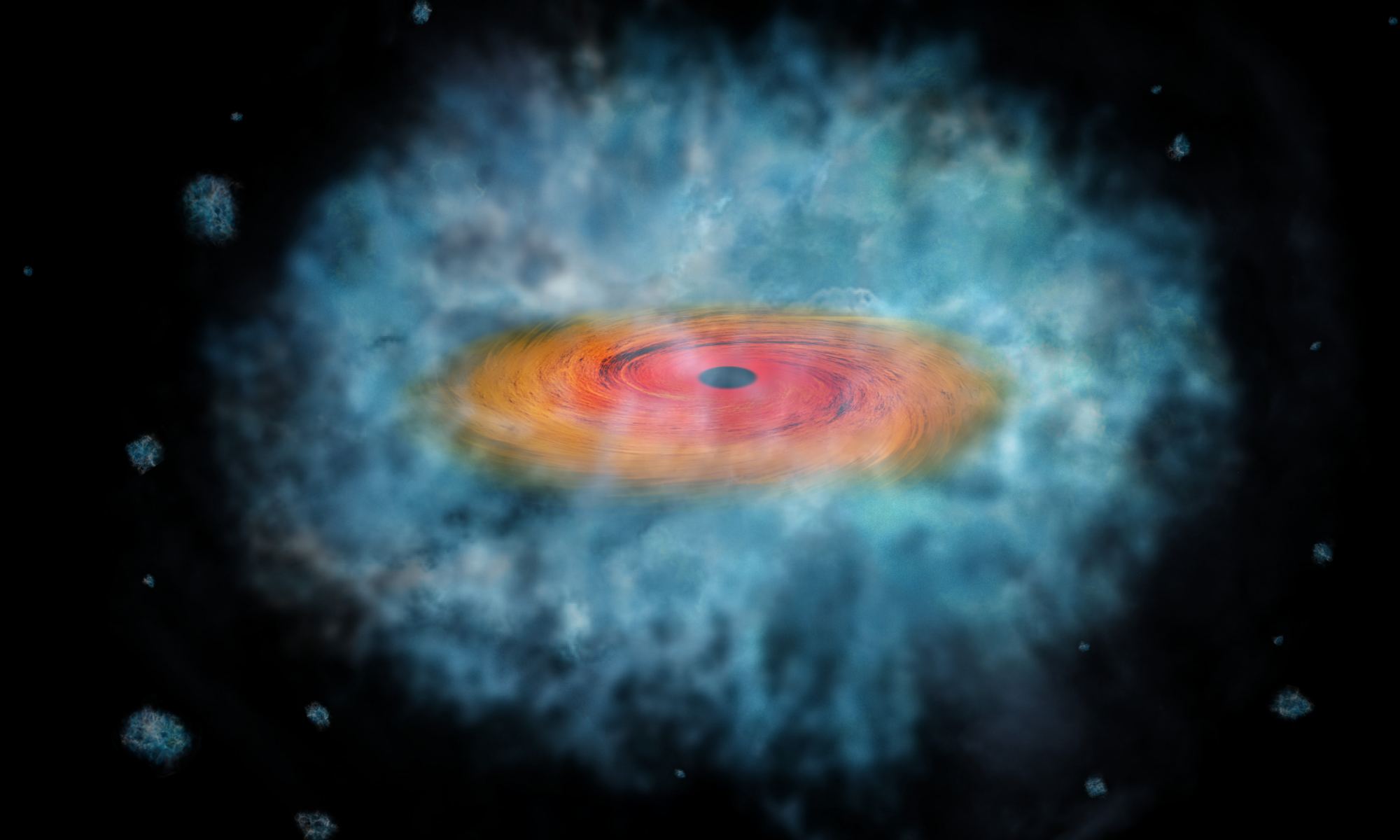
Roughly half a century ago, astronomers realized that the powerful radio source coming from the center of our galaxy (Sagittarius A*) was a “monster” black hole. Since then, they have found that supermassive black holes (SMBHs) reside at the center of most massive galaxies. This leads to what is known as Active Galactic Nuclei (AGN) or quasars, where the central region of a galaxy is so energetic that it outshines all of the stars in its galactic disk. In all that time, astronomers have puzzled over how these behemoths (which play a crucial role in galactic evolution) originated.
Astronomers suspect that the seeds that formed SMBHs were created from giant clouds of dust that collapsed without first becoming stars – aka. Direct Collapse Black Holes (DCBHs). However, the role of magnetic fields in the formation of DCBHs has remained unclear since none of the previous studies have been able to simulate the full accretion periods. To investigate this, an international team of astronomers ran a series of 3D cosmological magneto-hydrodynamic (MHD) simulations that accounted for DCBH formation and showed that magnetic fields grow with the accretion disks and stabilize them over time.
Continue reading “Did Supermassive Black Holes Collapse Directly out of Giant Clouds of gas? It Could Depend on Magnetic Fields”NASA Announces the Team who'll be Studying UFO Data. It's a Pretty Impressive List
In June, NASA announced that it had commissioned an independent study team to investigate unidentified aerial phenomena (UAPs) from a scientific perspective. Last week, NASA announced the members of the independent team that will study observed events in the sky that cannot be identified as aircraft or natural phenomena. These sixteen individuals, a collection of scientists and researchers from premier institutions across the U.S., will analyze all possible data sources that could help NASA and other agencies learn more about this phenomenon.
Continue reading “NASA Announces the Team who'll be Studying UFO Data. It's a Pretty Impressive List”Here are Four Ways JWST Could Detect Alien Life

Less than a year after it went to space, the James Webb Space Telescope (JWST) has already demonstrated its worth many times over. The images it has acquired of distant galaxies, nebulae, exoplanet atmospheres, and deep fields are the most detailed and sensitive ever taken. And yet, one of the most exciting aspects of its mission is just getting started: the search for evidence of life beyond Earth. This will consist of Webb using its powerful infrared instruments to look for chemical signatures associated with life and biological processes (aka. biosignatures).
The chemical signatures vary, each representing a different pathway toward the potential discovery of life. According to The Conversation’s Joanna Barstow, a planetary scientist and an Ernest Rutherford Fellow at The Open University specializing in the study of exoplanet atmospheres, there are four ways that Webb could do this. These include looking for chemicals that lifeforms depend on, chemical byproducts produced by living organisms, chemicals essential to maintaining a stable climate, and chemicals that shouldn’t coexist.
Continue reading “Here are Four Ways JWST Could Detect Alien Life”Clearing the Air on a Trip to Mars: the NASA Particle Partition Challenge!
In the coming decade, NASA and the China National Space Agency (CNSA) will send the first astronaut crews to Mars. Unlike missions to the International Space Station (ISS) or the Moon, crewed missions to Mars present several unique challenges because of the distance and transit times involved. For instance, it is only practical to send missions to Mars when our two planets are closest to each other in their orbits (known as “Opposition“), which occurs every 26 months. Even then, it can take up to nine months for spacecraft to reach Mars, creating all kinds of logistics headaches.
On top of that, there’s the need for life support systems that will maintain a breathable atmosphere inside the spacecraft. Like the system that allows astronauts to live aboard the ISS for extended periods, methods are needed to scrub waste carbon from the air and safely sequester it. HeroX, the world’s leading platform for crowdsourced solutions, has launched the NASA Particle Partition Challenge. With a total prize purse of $45,000, this competition is looking for innovative ideas on how to ensure that astronauts can breathe comfortably on the way to Mars!
Continue reading “Clearing the Air on a Trip to Mars: the NASA Particle Partition Challenge!”
